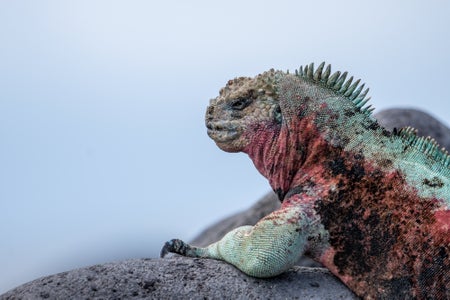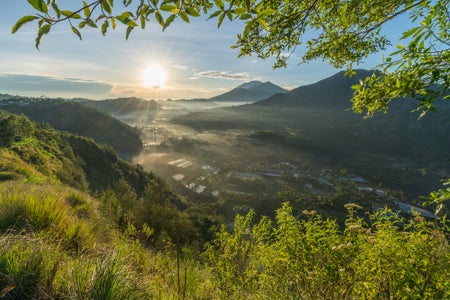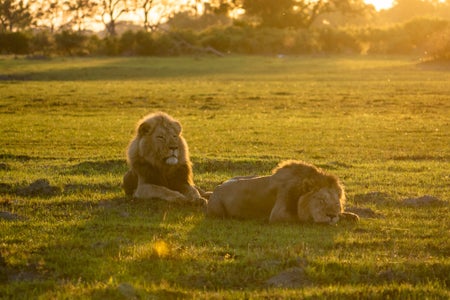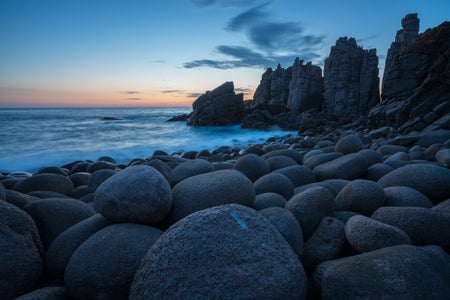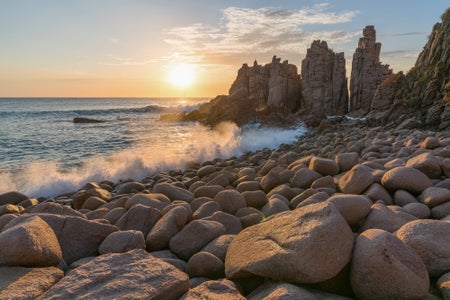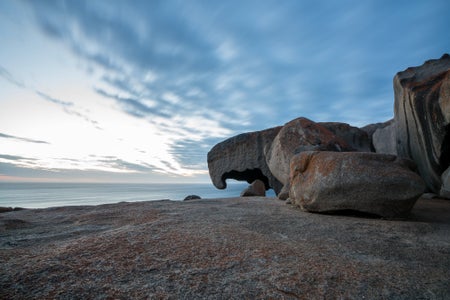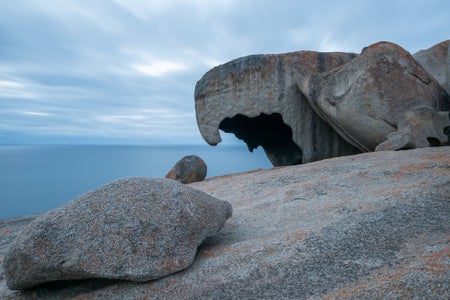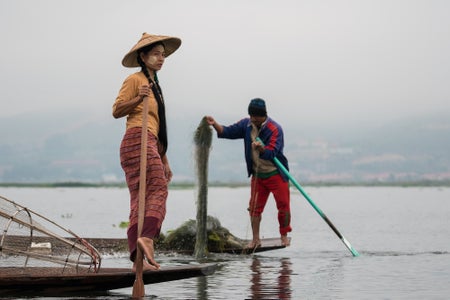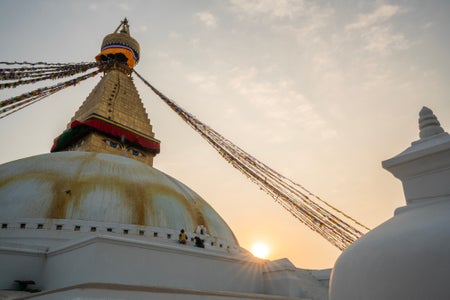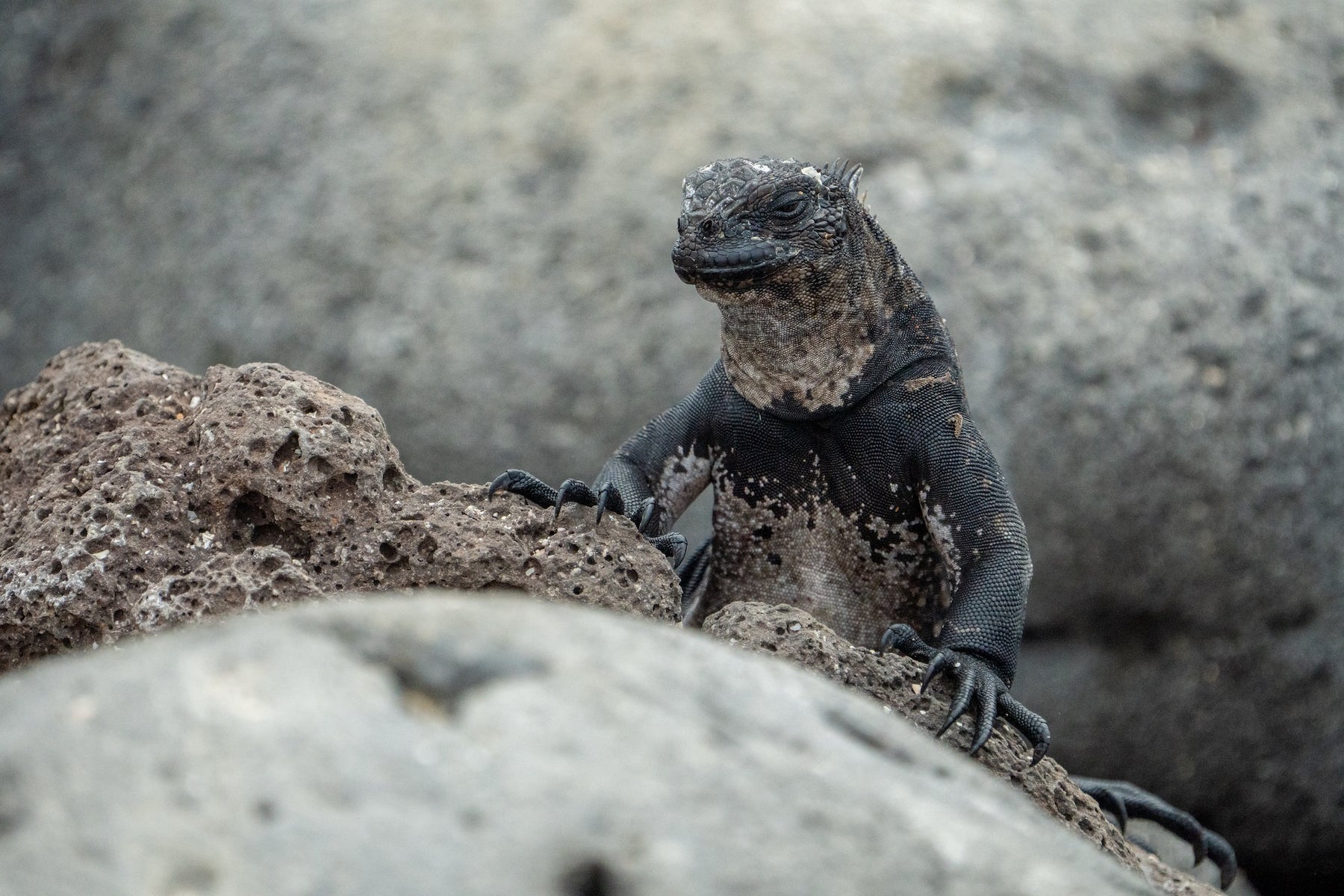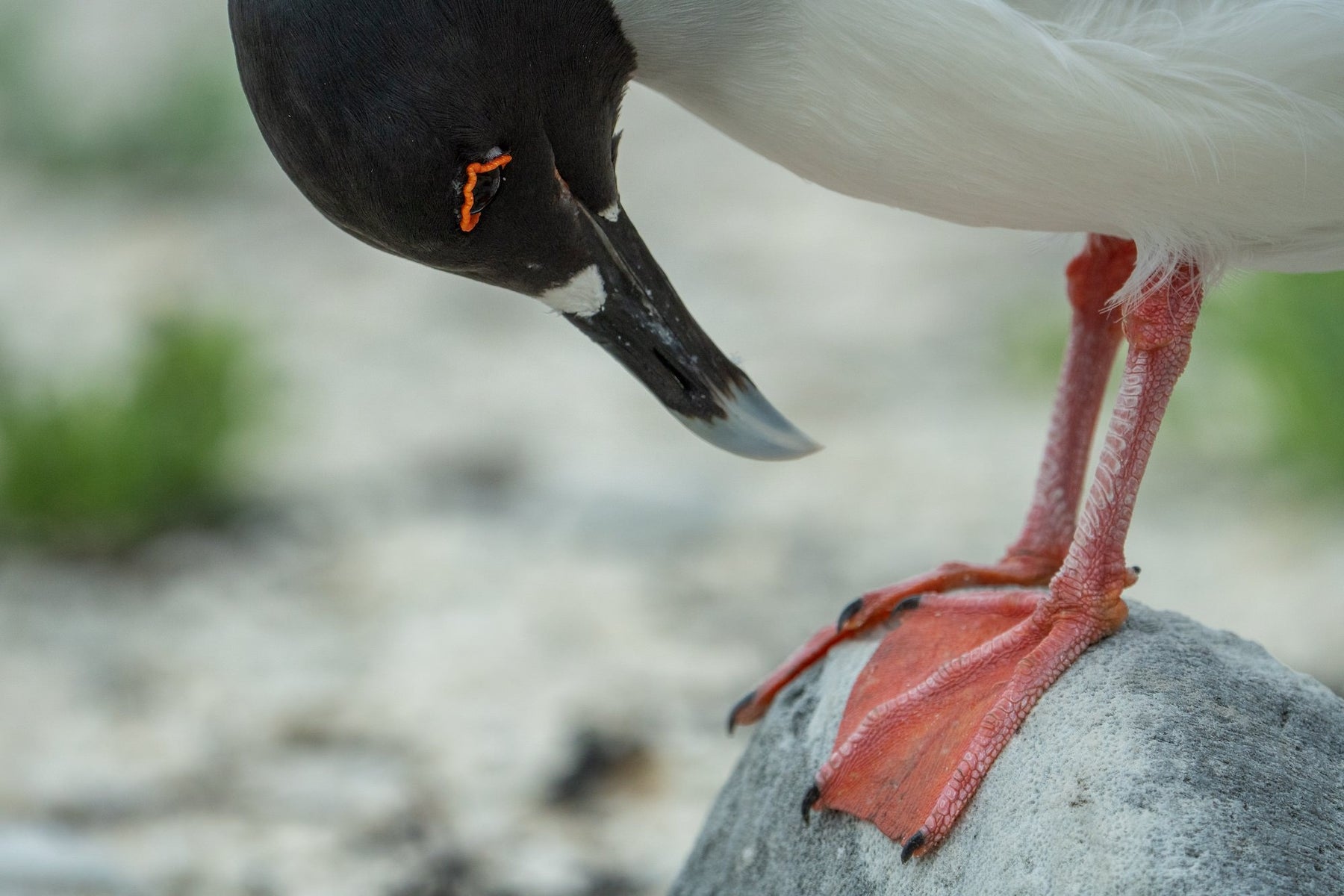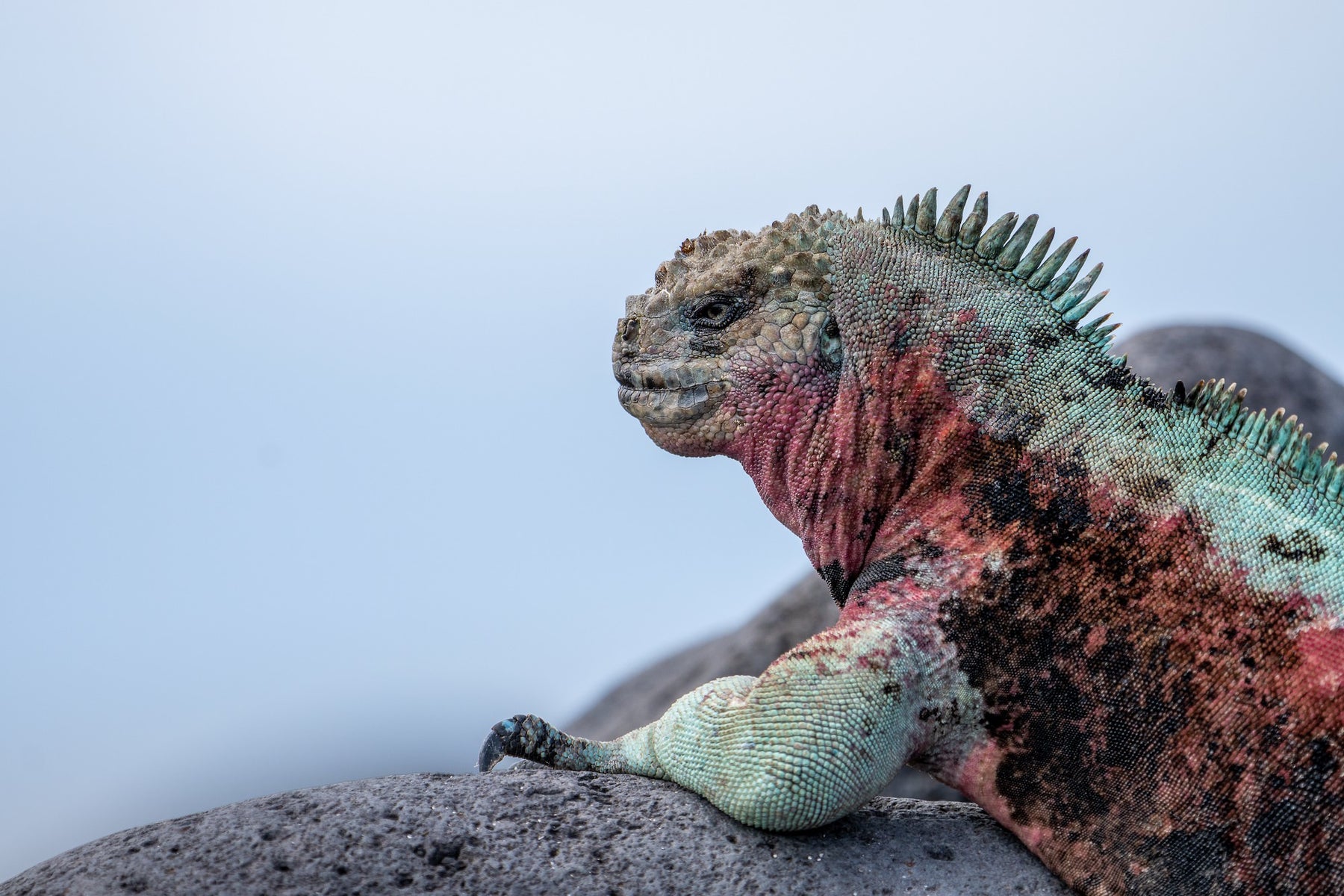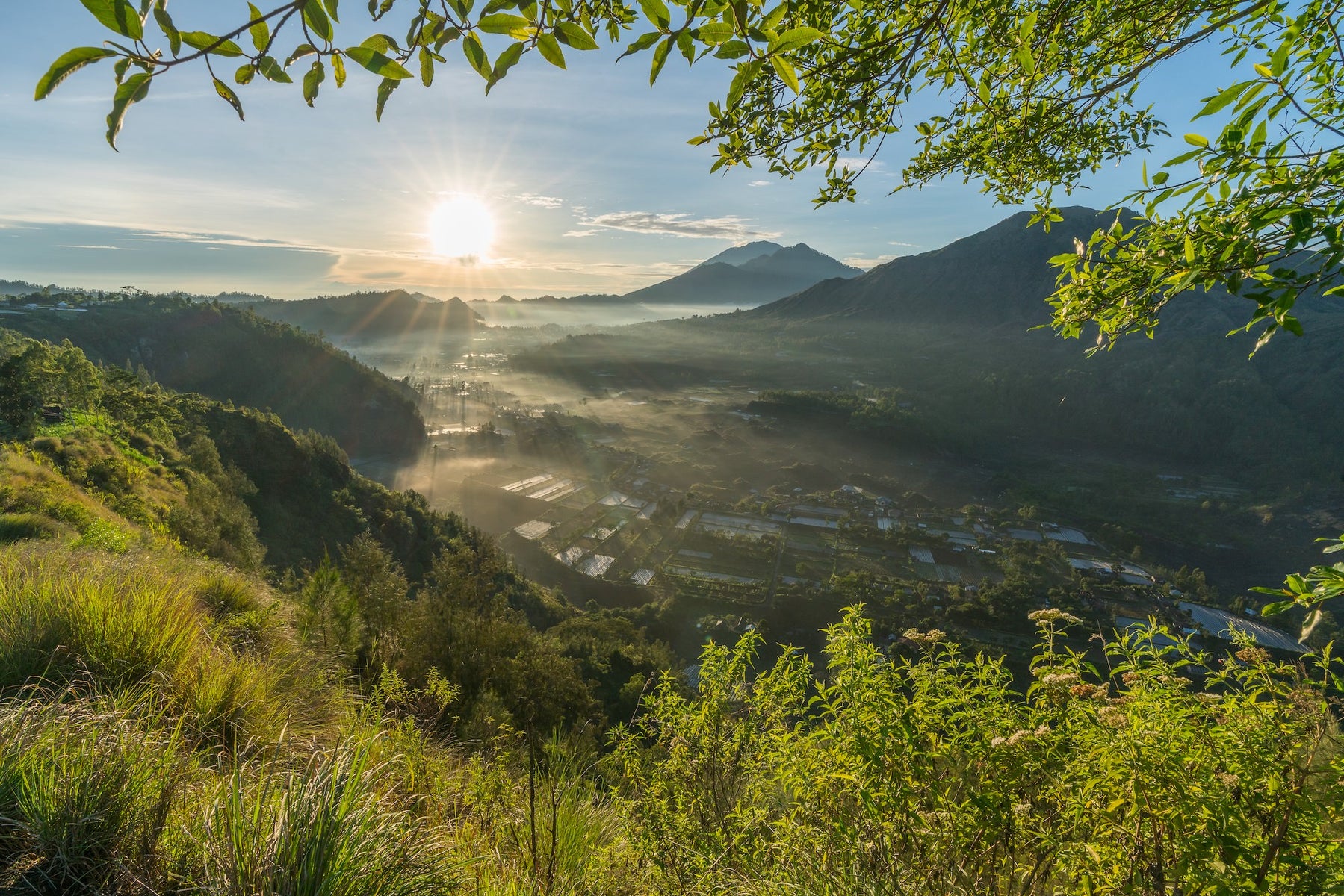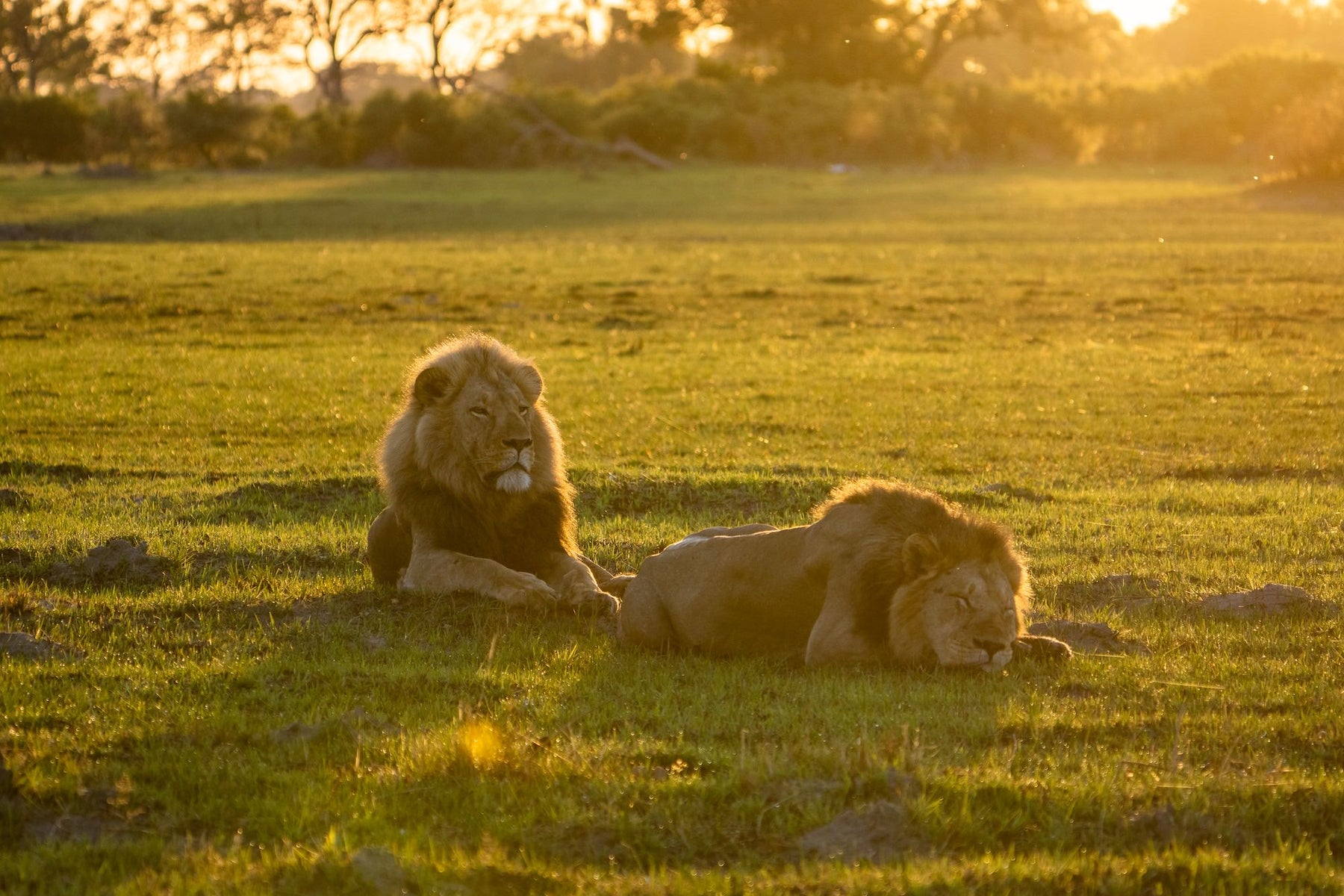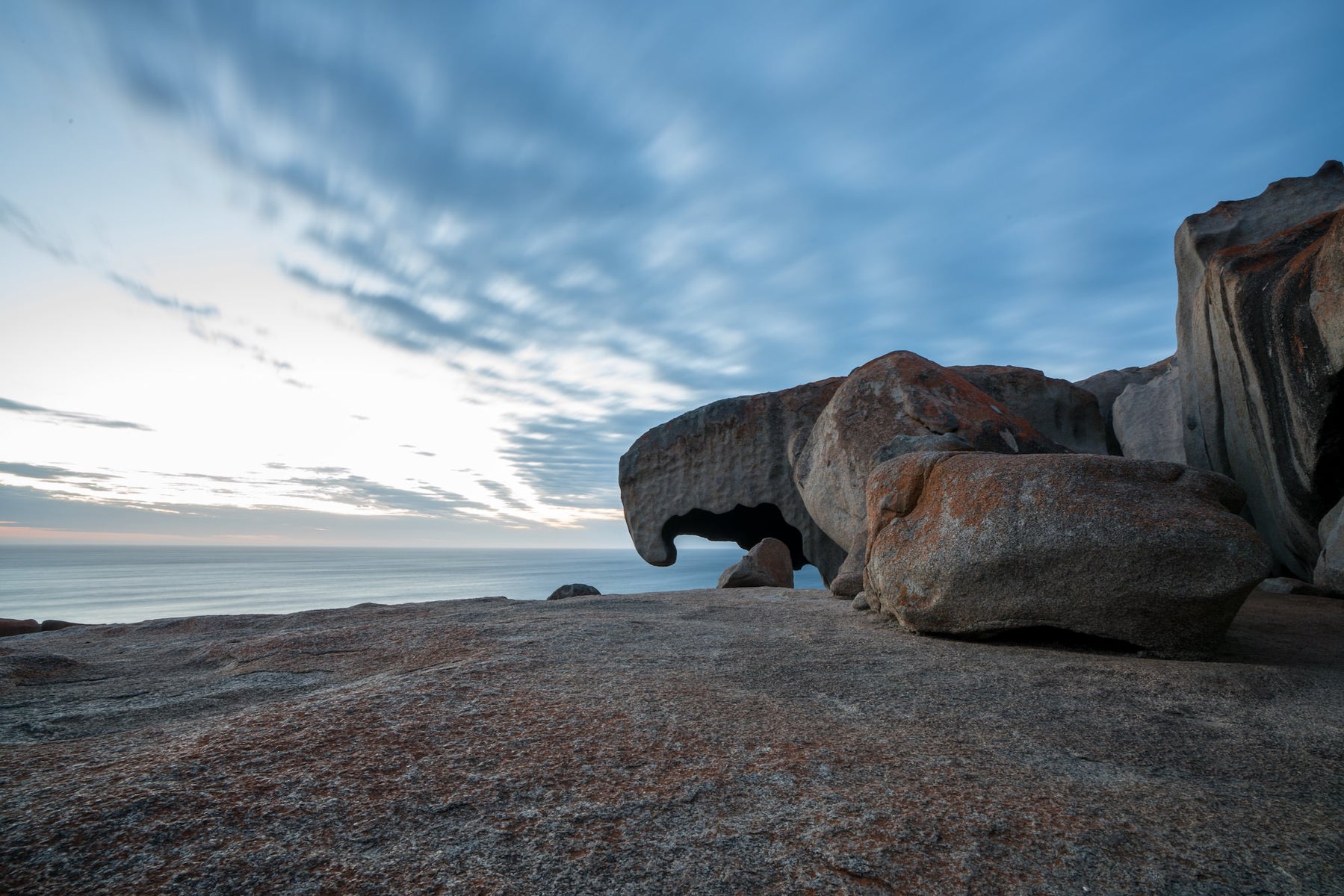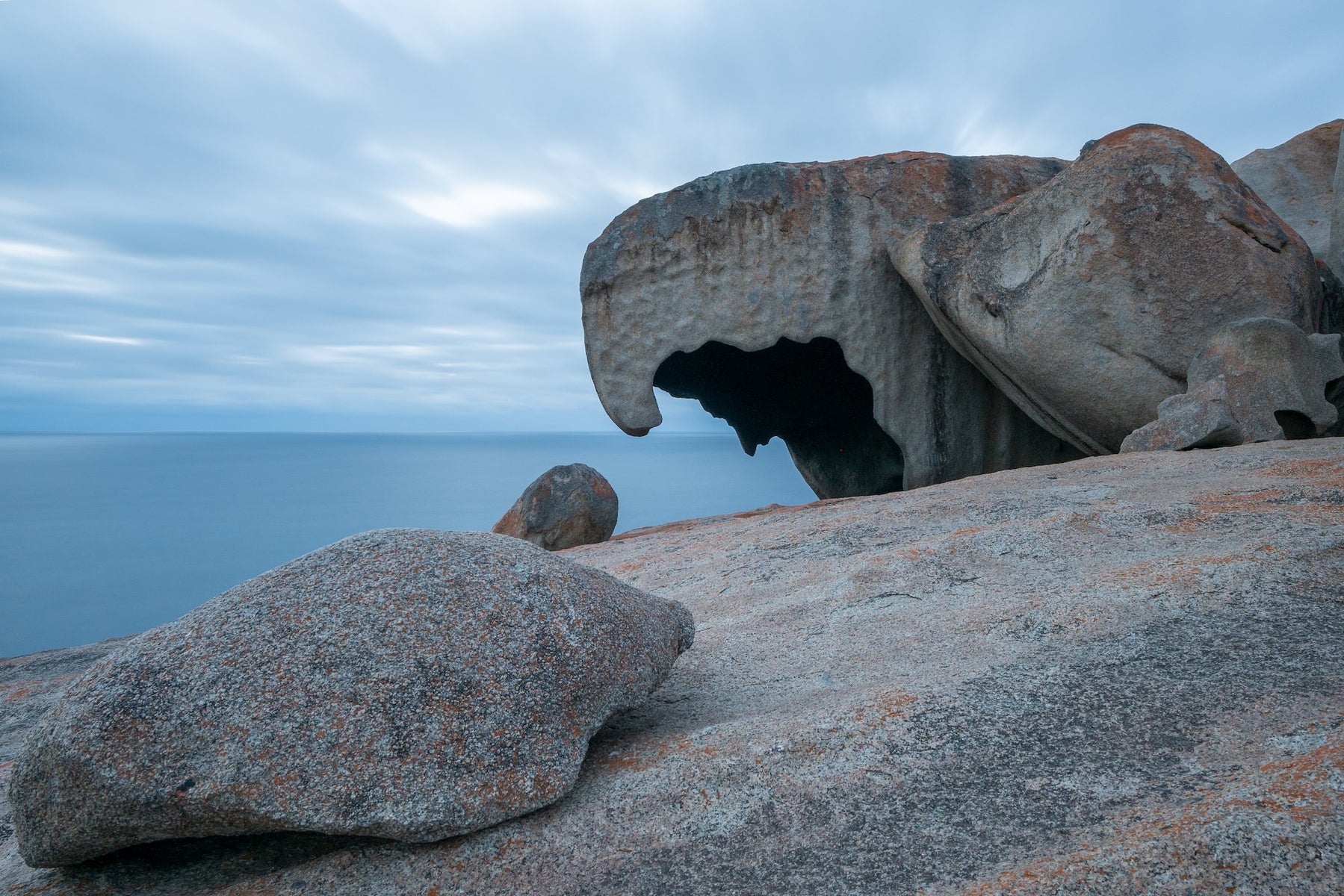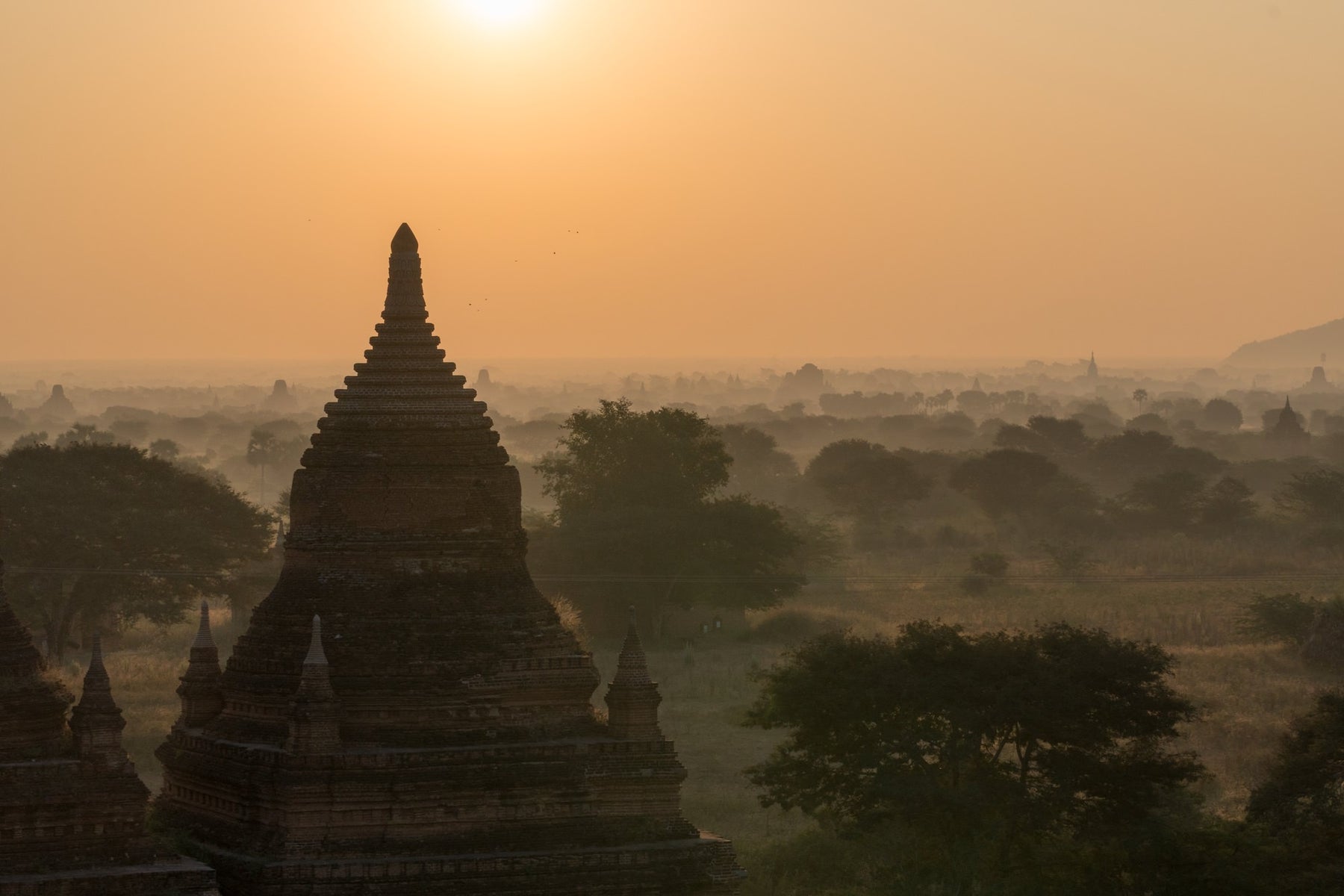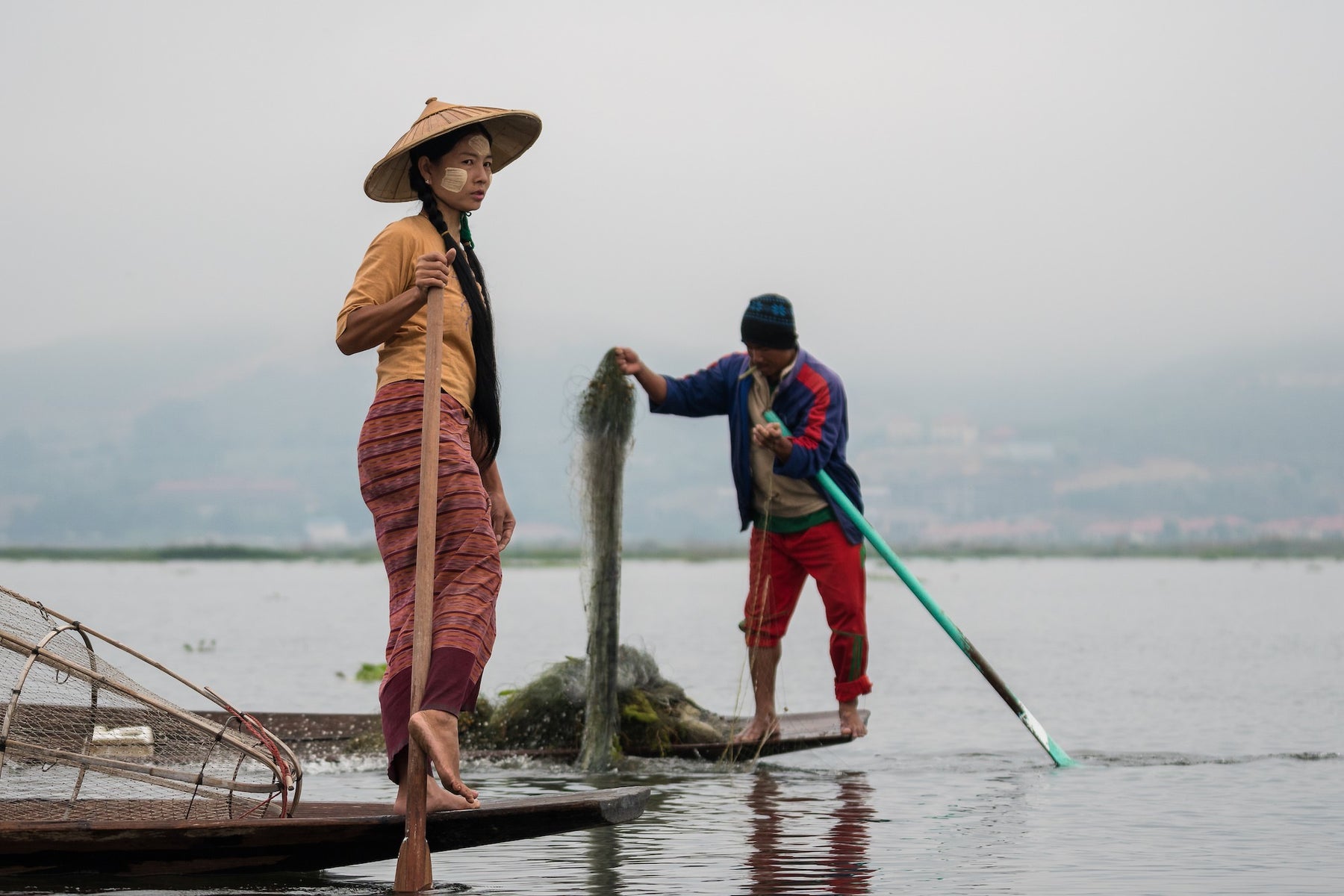The Journey Glimpse Photography Collective (@journeyglimpse) is made up of creators Anabel Castro (@anacastfilm) Petra Lieberherr (@rollin_peach), Stephanie Bernhard (@stephanie.bernhard) and Stefan Tschumi (@stefan_tschumi_photography). The main focus of their work is travel related, and they also do corporate and documentary work and teach photography as well as videography. We've featured their hybrid shooting kit before, but in this What's In My Bag, we zero in on the gear they use specifically for filmmaking and vlogging. Keep reading as they walk us through their various setups for vlogging and pro-level videos.
Product Preview – In This Article You'll Find:
–Sony Alpha 7S III
–Sony Alpha 6600
–Sony ZV-1
–Sony Alpha 7 IV
–Sony Alpha 7R V
–Sony 12-24mm f/4 G
–Sony 20mm f/1.8 G
–Sony 14mm f/1.8 G Master
–Sony 24mm f/1.4 G Master
–Sony 24-70mm f/2.8 G Master II
–Sony 70-200mm f/2.8 G Master II
–Sony ECM-B1M Microphone

See the Sony Alpha cameras and Sony lenses that the Journey Glimpse Photography Collective uses to tell stories from all over the globe through films and vlogs.
Cameras
Sony Alpha 7S III: We mostly to use the Sony Alpha 7S III when vlogging. For vlogging it is really important that you can count on the autofocus. As long as only one of us is in front of the camera it would be a problem to focus manually, but as soon as both of us are talking to our followers we have no control over the focus anymore. With tthe Alpha 7S III, we have peace of mind for the focus. The eye autofocus is breathtakingly good, accurate and fast. There is nothing worse than talking to the camera and the background is in focus while your face is completely out of focus.
Also very important are the picture profiles. At the beginning we were not using them for our vlogs at all, only for corporate stuff. But now we switched to HLG2 and use it with BT2020 or Rec709, and of course also the amazing Slog 3 profile. We simply love the look on the Sony Alpha 7S III and paired with a fast lens, we can use a wide-open aperture to work with beautiful bokeh.
Sony Alpha 6600: For a long time we used the Sony Alpha 6500 for vlogging and then we upgraded to the Sony Alpha 6600. We still use it in addition to the Sony Alpha 7S III. It also has that incredible Sony focusing so we know we'll be in focus when we record.
Sony ZV-1: On our recent trip to the Galapagos we tried something completely new and took the ZV-1 to test. We took it without an external microphone and without a gimbal, something we would have never thought to do before. Never ever. But the ZV-1’s form factor made us give it a try and we must say: it is a decent camera and a small powerhouse. Especially if you are a beginner and you just want to start out with vlogging, this camera could be for you. It is fantastic and gives you an amazing autofocus and the picture profiles are available as well.
Sony Alpha 7 IV: The Sony Alpha 7 IV is another one we often pack. It’s really good in low light situations and has enough resolution for most use cases so we like to include it.
Sony Alpha 7R V: We have always been in love with the Alpha 7R series. All started with the Alpha 7R II, followed by the 7R III and of course the Alpha 7R IV and now the Alpha 7R V. The resolution of these cameras can’t be beat and so we often rely on it for the highest quality images so you'll often find us bring it in our filmmaking kit too.
Lenses
Sony 12-24mm f/4 G: We've used this lens for vlogging for a long time. It's a really wide-angled lens which allows us to be in the frame together and have enough room around us to show a bit of the surrounding.
Sony 20mm f/1.8 G: Since Sony introduced this lens, it's been on our vlogging camera more and more often. It's a beautiful piece of glass that provides excellent, crisp results.
Sony 14mm f/1.8 G Master: This is one of our new go-to vlogging lenses, without a doubt. It has the perfect wide angle for vlogging. It is incredibly sharp, fast autofocus and with it’s wide-open aperture we are able to film even in relatively dark environments without rising the ISO sky high.
Sony 24mm f/1.4 G Master: While working with a gimbal, this lens is just phenomenal. The bokeh you can create with the f/1.4 aperture is stunning. This lens is always in our backpacks when we head out for a video shoot.
Sony 24-70mm f/2.8 G Master II: For corporate filmmaking work and interview situations, we like to bring along this lens. It has excellent sharpness and fast autofocus that works well in that type of setting.
Sony 70-200mm f/2.8 G Master II: We like to use this for corporate close-up film shots. Like the 24-70mm, it just has incredible sharpness and that fast autofocus we need. We also like to use both of these for webinars and live speeches because we can create a setup wwhere we can capture both of us talking as well as a close up shot from each one of us.
Accessories
Sony ECM-B1M Microphone: Since the release of the Sony ECM-B1M, we use this mic with every camera we can make use of the digital signal. We can change the characteristic of the lens, we don’t need to charge the battery and there is no need for a cable as it is not connected via cable. It is small and has an amazing audio quality and the best of all – the audio always works as the camera makes sure that the audio signal is never too high and therefore, the audio is never too loud. Pretty awesome.
Aputure Amaran or an Aputure AM-L9 Lights: You can never have enough light. Well, at least most of the time. Therefore, we always bring a small light source with us such as an Aputure Amaran or an Aputure AM-L9. It is always good to have a little light if you need it and we've even lit up an entire shipwreck with such a light.
HAIDA or PolarPro ND Filters: A lot of people forget to bring filters when they head out for a shoot. We always pack variable ND Filters from HAIDA or from PolarPro. Those filters make it possible to use a wide open aperture without ending up with an over-exposed image. Of course you could use normal ND filters, but you would have to change them regarding the light, and under fast changing light conditions you can work effortlessly with variable ND filters.
DJI Ronin RS3 Mini, Ronin RSC or Zhiyun Weebill S Gimbal: One of the most important things for us when vlogging or filmmaking is a gimbal. We don’t like shaky video, unless it is a way of style we use by intention. That's why we use gimbals. For traveling they need to be lightweight with long lasting battery and stable results. The DJI Ronin RS3 Mini, Ronin RSC and the Weebill S from Zhiyun are our favorites. In combination with a follow focus system, we are able to focus manually even while using the camera on a gimbal. But to be honest, most of the time you can rely on the really good autofocus of the Sony cameras to handle it.
Atomos Shinobi or Atomos Ninja V Field Monitor: We always bring a field monitor. If we need to capture even better quality, we bring a recorder such as the Atomos Ninja V. If we only need a monitor, the Atomos Shinobi is our favorite. With such a monitor we can use false color and lumetri scopes. The screens are also very helpful if you want to focus manually as you can work more precise lywith the peaking and you can see more while you zoom in digitally.
Drone: We bring one along to almost every shoot to get the bird's eye view.
Air Blower & Cleaning Supplies: Never forget to bring a blower and some cleaning stuff with you. You never know when you end up with a dirty lens. If so, you will be more than happy if you are able to clean it properly.
You can learn more about the Journey Glimpse Photography Collective on Instagram @journeyglimpse and at their website journeyglimpse.com.



